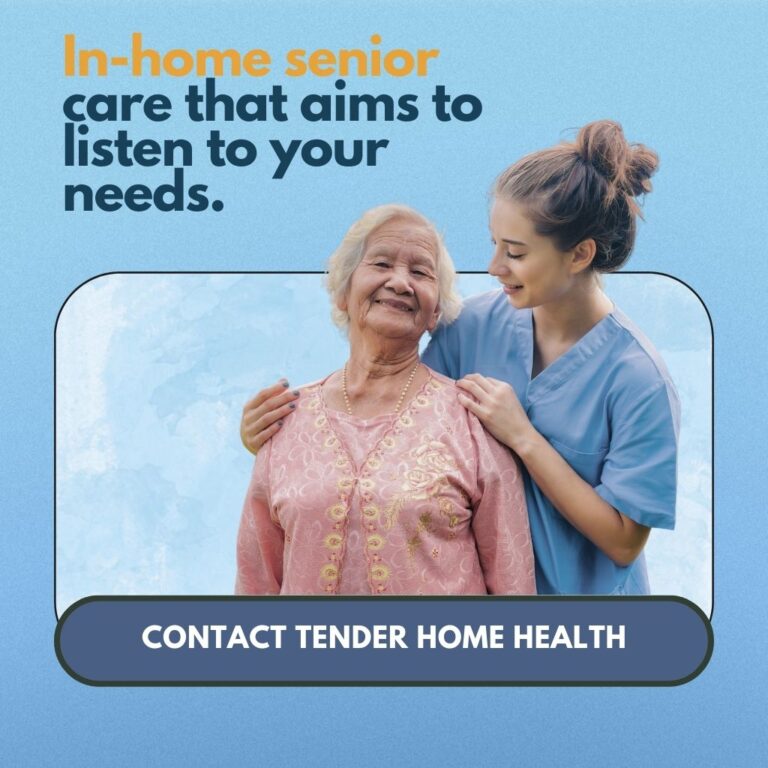CAHSAH The demand for flexible healthcare services, shifting demographic dynamics, and changes in payment mechanisms are all driving substantial changes in the home care industry. Several significant findings have been made by the California Association for Health Services at Home (CAHSAH), which provide insight into the present situation and potential future of home care. In this blog article, we will go into further detail about these key points and examine other data that may be useful in understanding how the home care industry is changing.
Medicare Advantage: Revolutionizing Home Care Financing:
The growing importance of Medicare Advantage as a means of payment for home care services is one of the key lessons to be learned from CAHSAH. In a Medicare Advantage health plan as of February 2023, there were over 30 million Medicare enrollees, or 47% of the total Medicare population (source: Centers for Medicare and Medicaid Services). This change offers new alternatives for those who need home care and marks a considerable break from standard Medicare. Notably, over 90% of individual Medicare Advantage plans now give beneficiaries access to extra benefits including vision, fitness, telemedicine, hearing, or dental care. This all-encompassing method of healthcare illustrates how Medicare Advantage may improve the general well-being of those receiving home care.
It’s crucial to remember that Medicare-approved commercial insurance providers offer Medicare Advantage plans. These plans frequently combine several services into a comprehensive package, including hospital visits, prescription medications, and preventative care. The alternatives accessible to those looking for in-home support are increased by the inclusion of home care services inside Medicare Advantage plans.
Training for the “Ages”: Understanding Generational Motivations:
The need to identify and comprehend the individual motivating elements that influence various generations in the home care workforce is emphasized by CAHSAH. Agencies may improve work happiness, productivity, and overall results by adjusting training and assistance to fit the preferences of each generation. The driving factors for each generation are broken down as follows:
- Traditionalists (1930-1945): They are motivated by the opportunity to perform a job well and take pride in their work.
- Baby Boomers (1946-1964): They value recognition, both as part of a team and individually.
- Generation X (1965-1979): They are motivated by achieving results, being multitaskers, and having a sense of autonomy.
- Millennials (1980-1996): They thrive in a friendly environment with positive interactions and value work-life balance.
- Generation Z (1997-2015): They are motivated by technology and the ability to interact online, seeking flexibility and digital connectivity.
The State of Home Care and Hospice:
CAHSAH presents valuable insights into the current state and future prospects of home care services:
- The exponential rise of home care: By quickly modifying their services to meet the requirements of COVID-19 patients, home care providers have shown flexibility and adaptation. The substantial expansion of home care as an important component of healthcare delivery is a result of its capacity to adapt to changing conditions.
- Medicare Advantage membership is increasing, and according to CAHSAH, it will soon surpass that of regular Medicare. This pattern reflects a paradigm change in how people access and pay for home care services as well as the rising popularity and acceptability of alternative payment options.
- The Choose Home Act could be reintroduced in 2023. The purpose of this law is to give post-acute patients access to a 30-day episode of treatment.




